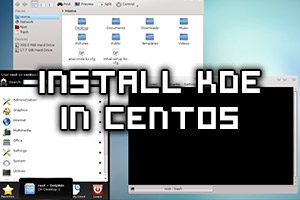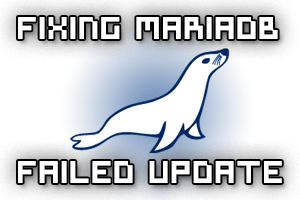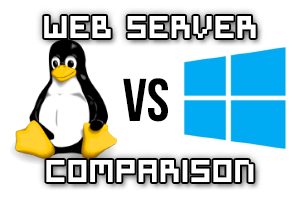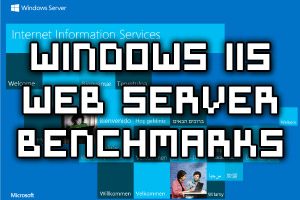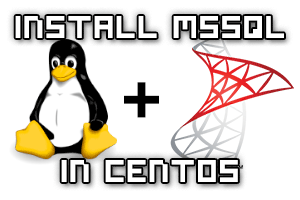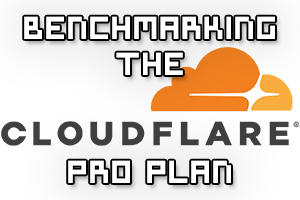
By default a full installation of CentOS 7 will have the graphical user interface (GUI) installed and it will load up after system boot, however if we have installed CentOS without the GUI we can always install it later.
This quick guide will cover how to install the GNOME 3 desktop on CentOS 7, which will provide a GUI for working with the Linux system. While I don’t suggest using a GUI on a production server, it’s a good option if you’re using CentOS as a desktop.

